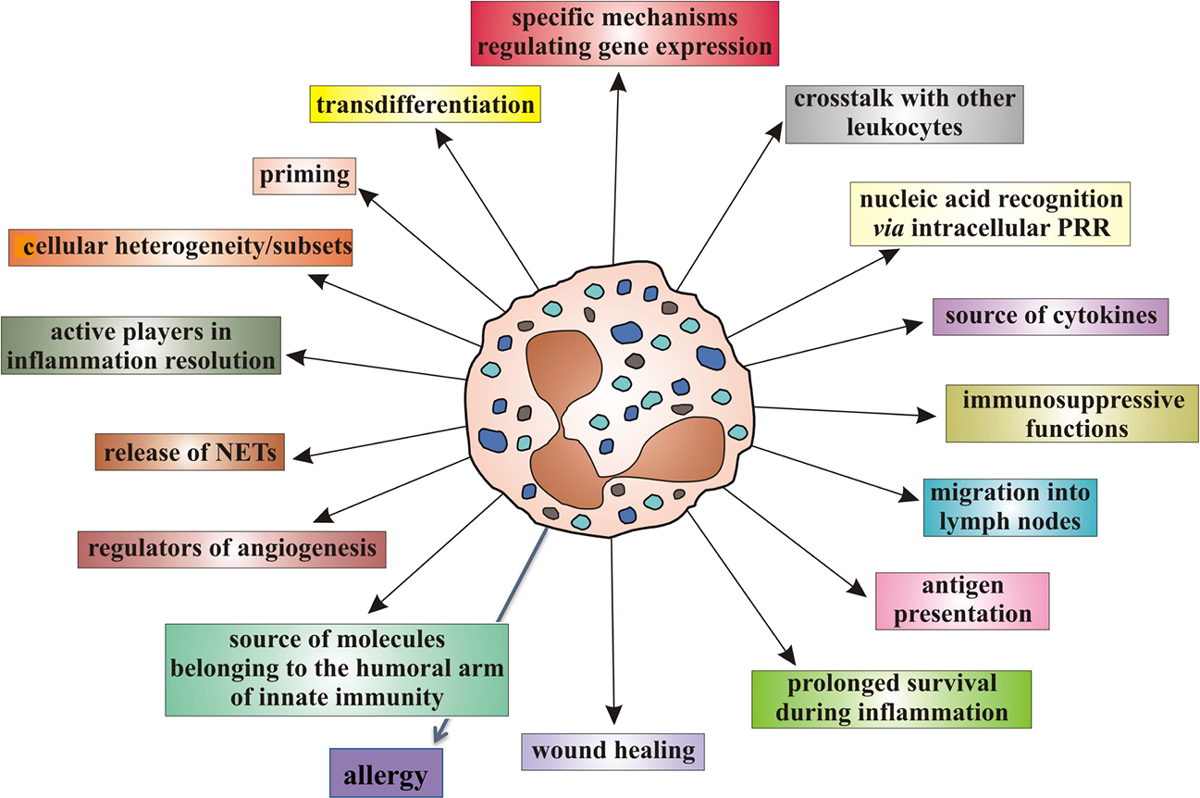Introduction to Chiropractic Physiologic Therapeutics
We would all like to thank Dr. Richard C. Schafer, DC, PhD, FICC for his lifetime commitment to the profession. In the future we will continue to add materials from RC’s copyrighted books for your use.
This is Chapter 10 from RC’s best-selling book:
“Basic Chiropractic Procedural Manual”
These materials are provided as a service to our profession. There is no charge for individuals to copy and file these materials. However, they cannot be sold or used in any group or commercial venture without written permission from ACAPress.
Chapter 10: Introduction to Chiropractic Physiologic Therapeutics
The use of physiotherapy and physical therapy to enhance the effects of the chiropractic adjustment in treatment can be significant in many cases. Superficial heat, diathermy, cold, microwaves, ultrasound, ultraviolet rays, galvanic and sinusoidal currents, traction, hydrotherapy, or therapeutic massage and exercise are among the therapies that may benefit the patient when properly applied. These procedures may help to reduce stiffness in joints, relieve tension, relax muscle spasm, and offer many other physiologic benefits.
Special precautions, however, must be observed when treating patients of advanced age. Special consideration must also be given to indications and contraindications, patient sensitivity, intensity, and duration of treatment.
Special caution must be used with patients that have heart and blood pressure problems, renal failure, diminished sensation or circulation, or an inability to tolerate heat or cold. For example, patients with Raynaud’s disease do not tolerate cold. Patients with other circulatory problems do not tolerate thermotherapy because they have less ability to dissipate the heat. Patients with a distinct loss of sensation will not realize if an area is being overheated or even being burned.
A patient’s tolerance cannot be the only guide to intensities and duration of treatment. Frequent checking, both visually for redness and by palpation to determine over heating, must be done during the treatment period. Reasonable examination, monitoring, and care by the doctor can avoid problems in most instances.
INTRODUCTION
Physiotherapy techniques are frequently used preparatory to the chiropractic adjustment to improve function, relieve spasm, minimize pain, and enhance circulation and drainage. They are often used before primary care to relax the patient and condition tissues, and posttherapy to relive pain and prevent deformities resulting from trauma or disease and to maintain what has been gained in treatment. There are also times when it may be considered primary therapy. Rehabilitation objectives are shown in Table 10.1.
While this chapter has not made an attempt to describe the physics involved for each modality, both practitioner and therapist should be well acquainted with underlying fundamentals to prescribe appropriate procedure, intensity, duration, and technique, as well as effectively analyze methodology and evaluate treatment.
The roles several procedures play in chiropractic physiologic therapeutics are described such as for massage, traction, mechanical supports, colonic irrigation, dietetics, cryotherapy, heat, infrared radiation, shortwave diathermy, microwave diathermy, ultrasonic diathermy, sinusoidal currents, galvanic current, iontophoresis, ultraviolet therapy, therapeutic exercises, and acupuncture.
As techniques in application vary extensively with the equipment used, it is important that both practitioner and therapist be fully acquainted with the equipment manual furnished by the manufacturer. In purchasing equipment, the physician must assure that the equipment meets all government and professional standards.
| Review the complete Chapter (including sketches and Tables) at the ACAPress website |





Actually is a very thorough review and good resource!
Dick was a sticller on the use of specific chiropractic adjusting
which he differentiated from mobilization and non=chiropractic manipulation. he would say physiolgic therapeutics
has its place but their is no replacement for a specific chiropractic adjustment
Soft tissue healing plays an important role in rehabbing the spine. Most Doctors will notice that taking motion study x-rays will help you to find areas of soft tissue injury